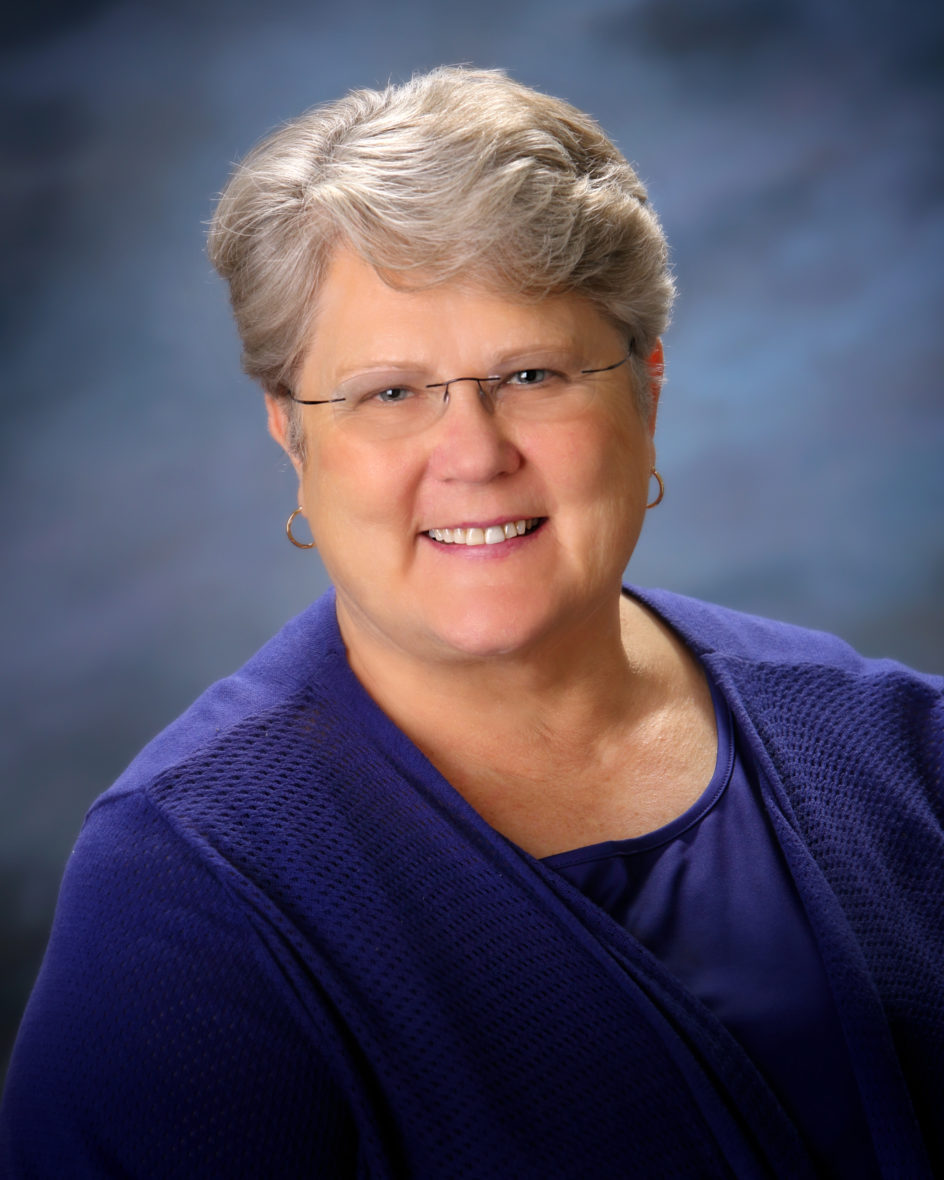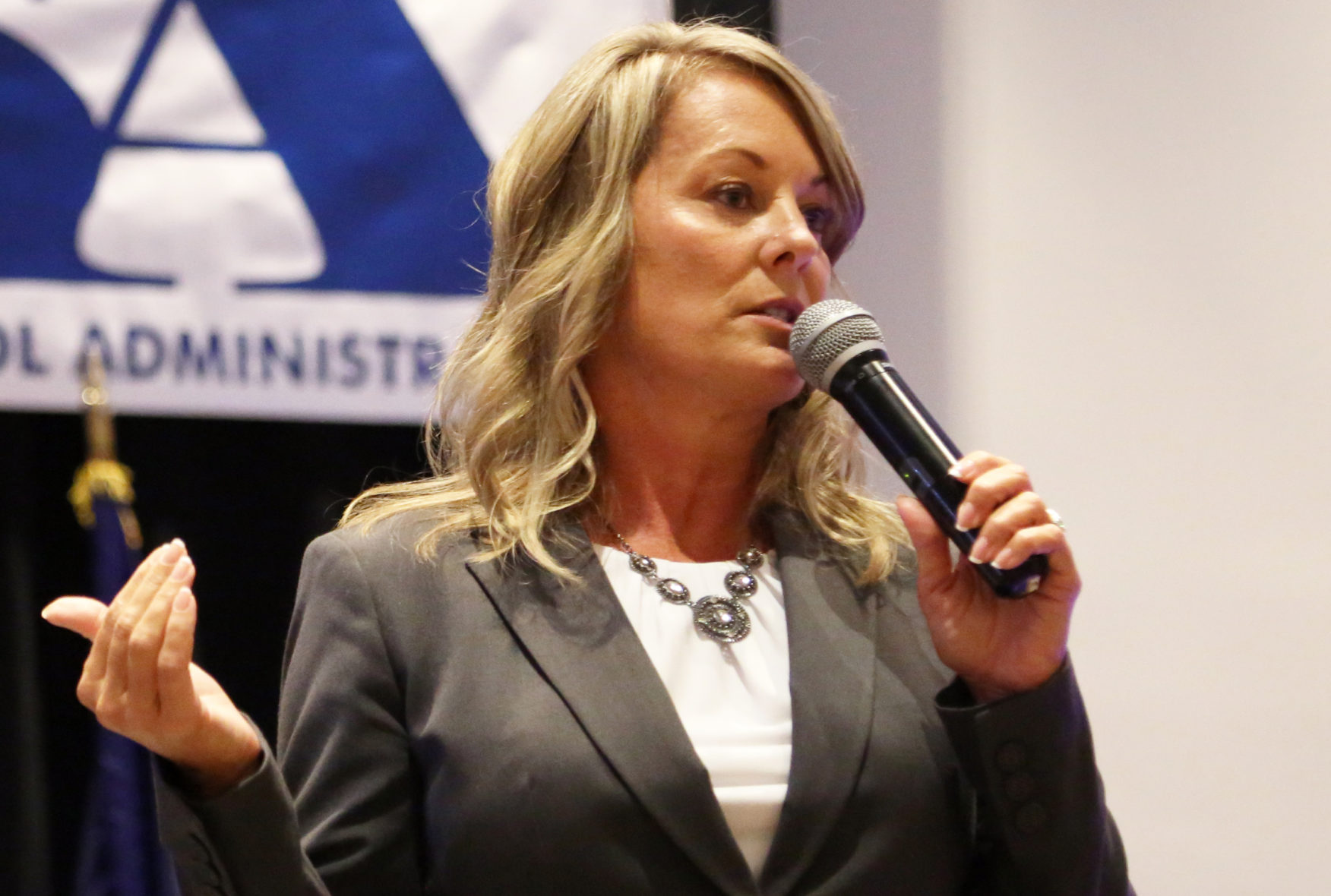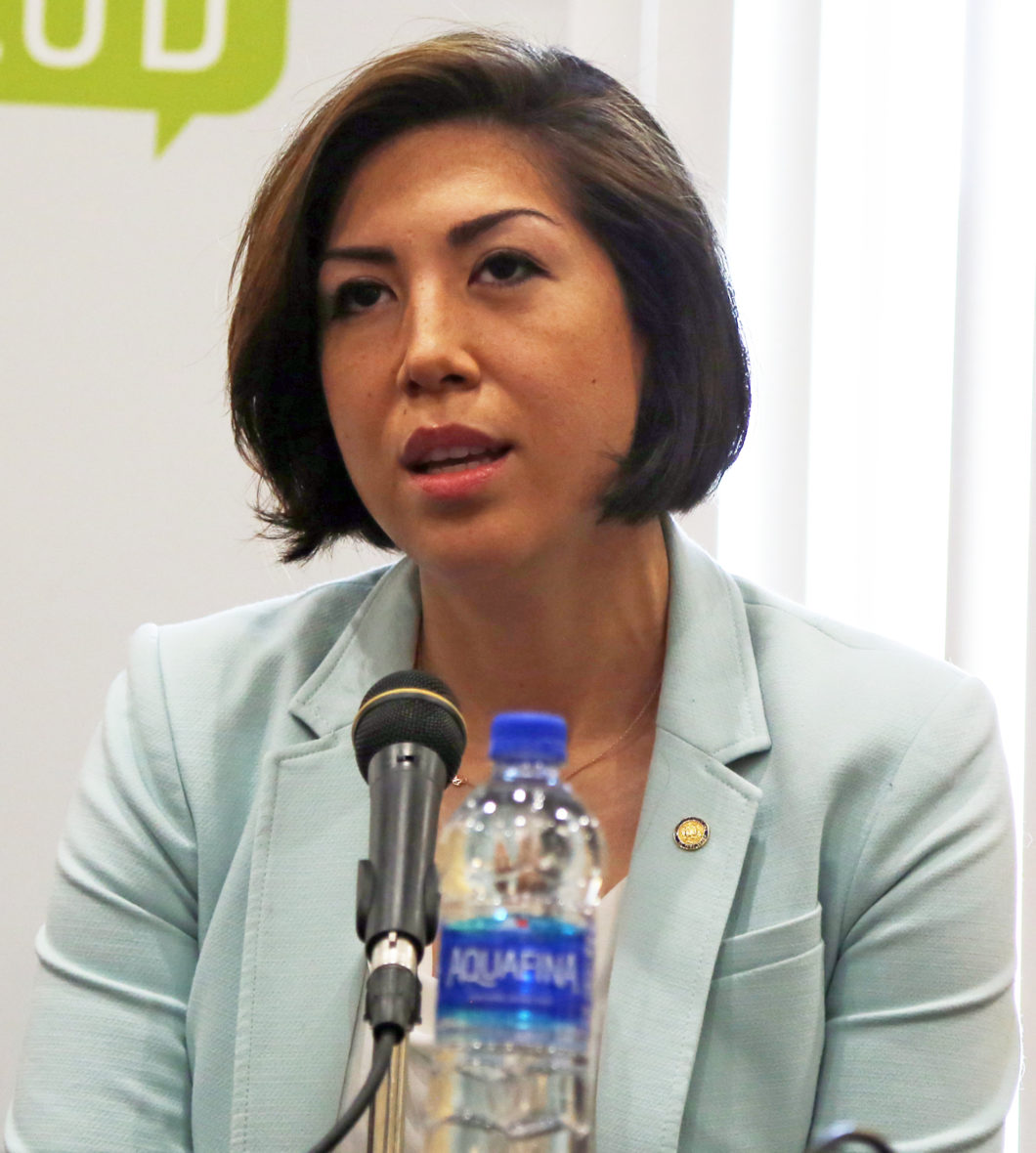After seven years, Idaho is making no progress toward its “60 percent goal.”
Only 42 percent of Idaho’s young adults hold a college degree or professional certificate, according to newly released U.S. Census Bureau numbers.
The 2017 numbers mean Idaho’s postsecondary completion rate has been stagnant for three straight years.

The numbers haven’t moved — despite two gubernatorial task forces, more than $133 million in new state spending and an ongoing drive from education, political and business leaders. The state’s leaders want 60 percent of the state’s 25- to 34-year-olds to obtain a degree or certificate. They say high school graduates need to continue their education in order to prepare for a modern job market, and help Idaho compete in a changing economy.
On Tuesday, state leaders took a long view. They noted that nearly every state in the union is struggling to convince high school graduates to continue their education. “I think the work we are doing along our educational pipeline from kindergarten through work force readiness is showing promise,” State Board of Education President Linda Clark said Tuesday,
The new, and not so new, numbers
The Census Bureau compiled postsecondary completion numbers for 2016 and 2017. Idaho Education News obtained this data through the State Board.
For both years, Idaho’s completion rate came in at 42 percent — identical to 2015.
Here’s a closer look at the breakdown, for 2017:
- Six percent of Idaho’s 25- to 34-year-olds held an advanced degree.
- Twenty percent held a bachelor’s degree.
- Ten percent held an associate’s degree.
- Six percent held a professional certificate.
Like the overall completion rate, this breakdown has changed little since 2012.
The 60 percent goal is not purely an education metric. It instead measures the state’s 25- to 34-year-old population, said Cathleen McHugh of the State Board.
In other words, the numbers reflect the education background of young adults who stay in Idaho — or move in. It doesn’t include Idaho natives who move out of the state, with or without a college degree or professional certificate.
But that doesn’t change the fact that the 60 percent goal has been Idaho’s top education priority since 2010, when the State Board put the idea into the state’s political lexicon.
A high-profile and costly campaign
Armed with a Georgetown University study on the evolving market, the State Board announced the 60 percent goal seven years ago. Since then, the goal has become a touchstone of sorts.
Since 2013, Gov. Butch Otter convened two high-profile education task forces — one focused on K-12, one on higher education. In both cases, the groups were charged with coming up with policies to move Idaho closer to the 60 percent threshold.
And over the past six years, Idaho has spent more than $133 million on various initiatives to encourage high school graduates to stay in school. The money has gone into college scholarships, hiring college and career advisers, a fast-growing advanced opportunities program that helps high school students earn college credits for free, and “SAT Day,” which allows juniors to take the college entrance exam at state expense.
Nonetheless, the state has been forced to push back the target date — abandoning the State Board’s original 2020 goal. Now, the target date is 2025, seven years away.
‘A moral and economic imperative’
The nation has a 60 percent postsecondary completion goal — and most states have adopted their own variation of a “60 percent goal.” Idaho ranks No. 45 in the nation in postsecondary completion, according to a February study from the Lumina Foundation, an Indianapolis-based group pushing the issue.
Idaho’s challenges are not necessarily unique. Idaho’s unemployment rate has remained under 3 percent for more than a year, which encourages many high school graduates to choose the work force over the college campus. In many quarters, Idahoans cling to “strong cultural misconceptions about the value of a college certificate or degree,” State Board Executive Director Matt Freeman said Tuesday.

But the board is undeterred, Freeman said. “The 60 percent goal is not a trite campaign slogan. It is a moral and economic imperative.”
Meanwhile, it will take time for the state’s education initiatives to pay dividends, state superintendent Sherri Ybarra said Tuesday. She noted that today’s 25-year-olds were wrapping up high school in 2010 — graduating before the state poured money into the 60 percent push.
“We know there is much work still to be done to improve Idaho children’s chances at postsecondary success, we are committed to that work, and we are confident future statistics will reflect that effort,” Ybarra said.
Calling the latest numbers “tragic,” Democratic gubernatorial candidate Paulette Jordan blamed the results on Otter and his preferred successor, Republican Lt. Gov. Brad Little.

“The Otter-Little administration has spent years reallocating funds from education while prioritizing corporate welfare,” Jordan said. “We owe the next generation more. We owe teachers more.”
Idaho Education News has requested comment from Cindy Wilson, Ybarra’s Democratic opponent, and Little.
This is a developing story. Check back for updates.
Idaho Education News data analyst Randy Schrader contributed to this report.
Coming in November: Idaho Education News will take a second in-depth look at the “60 percent goal.” This time, we will examine the demographic challenges facing the state. Here’s a link to our award-winning series from December.
